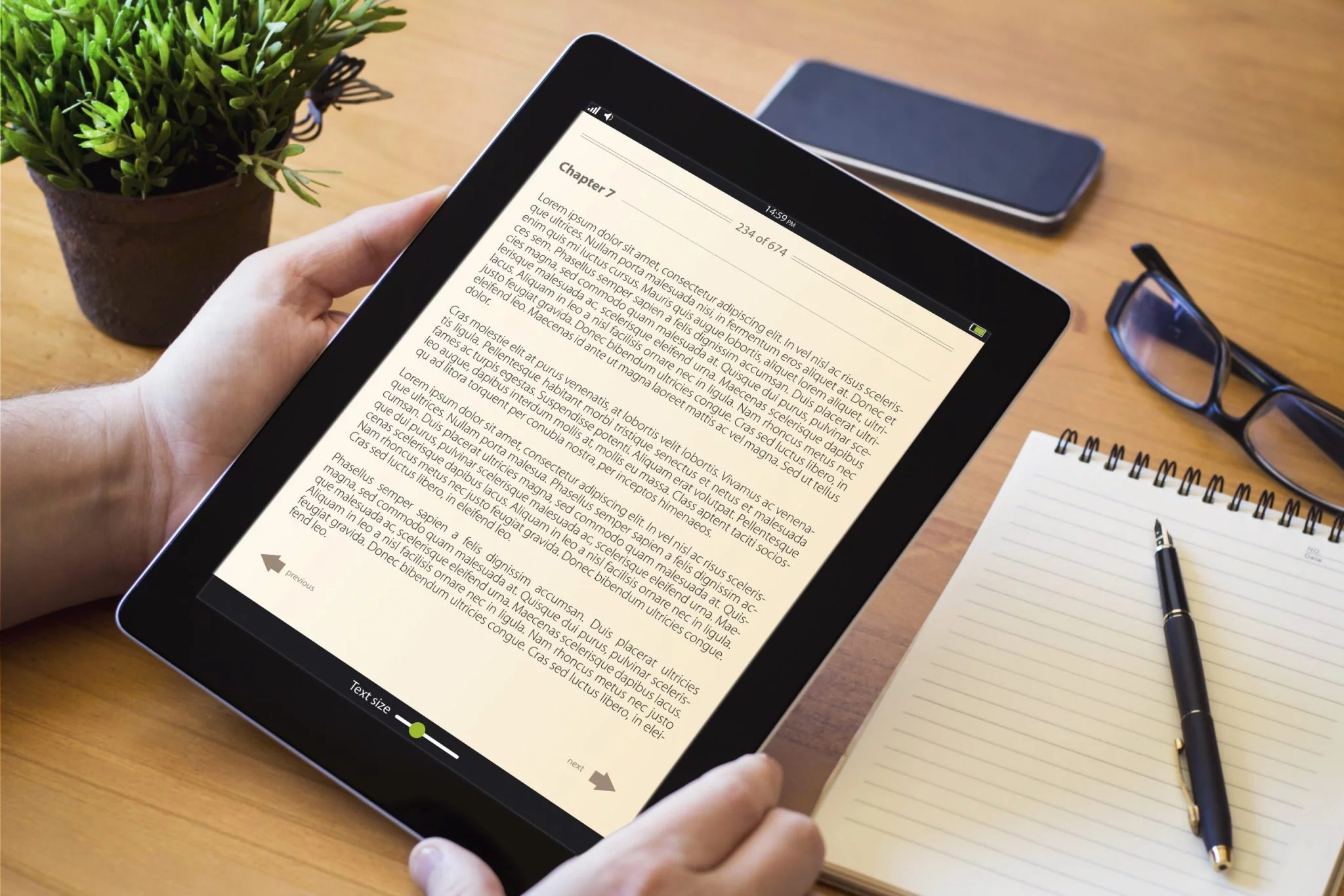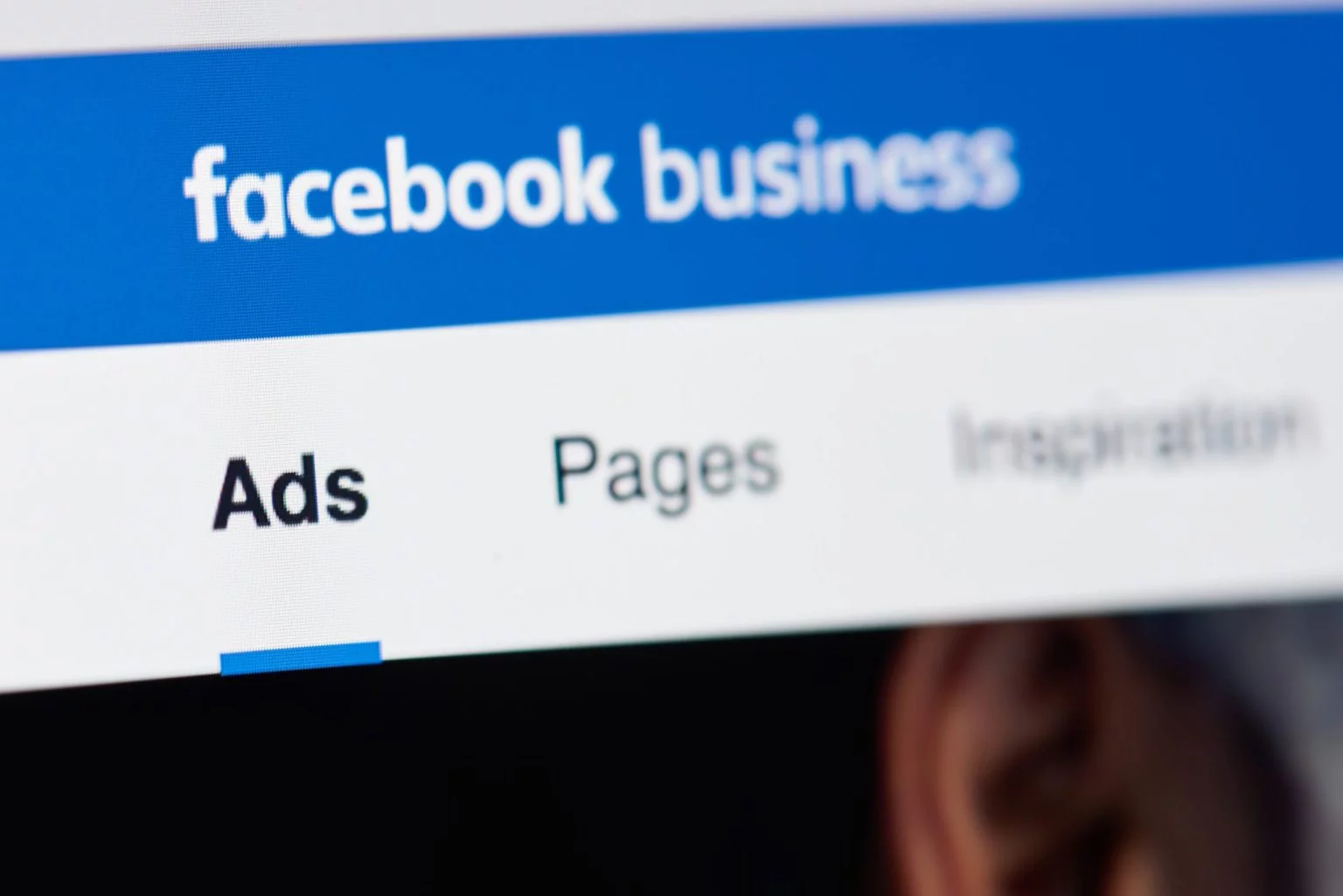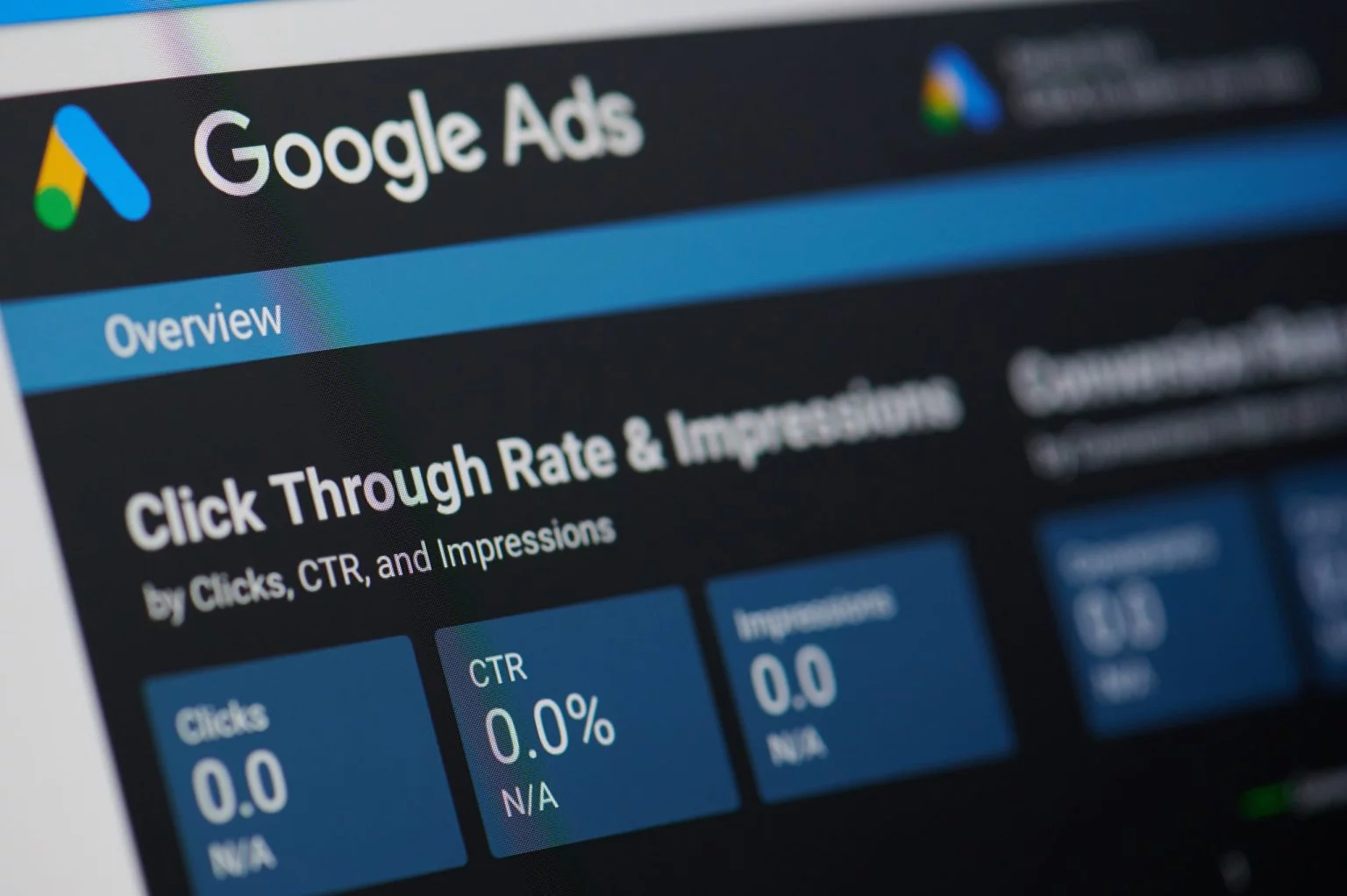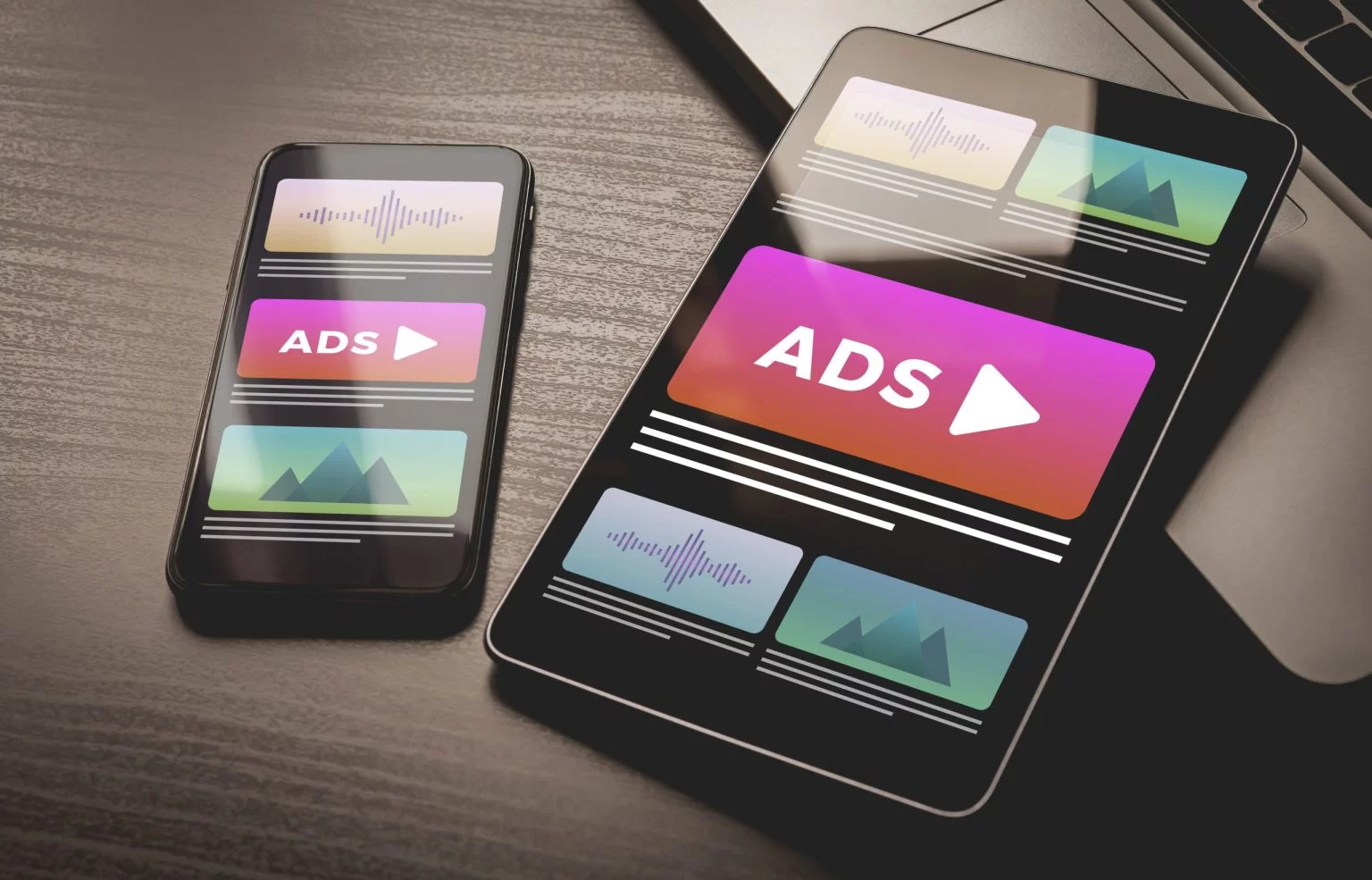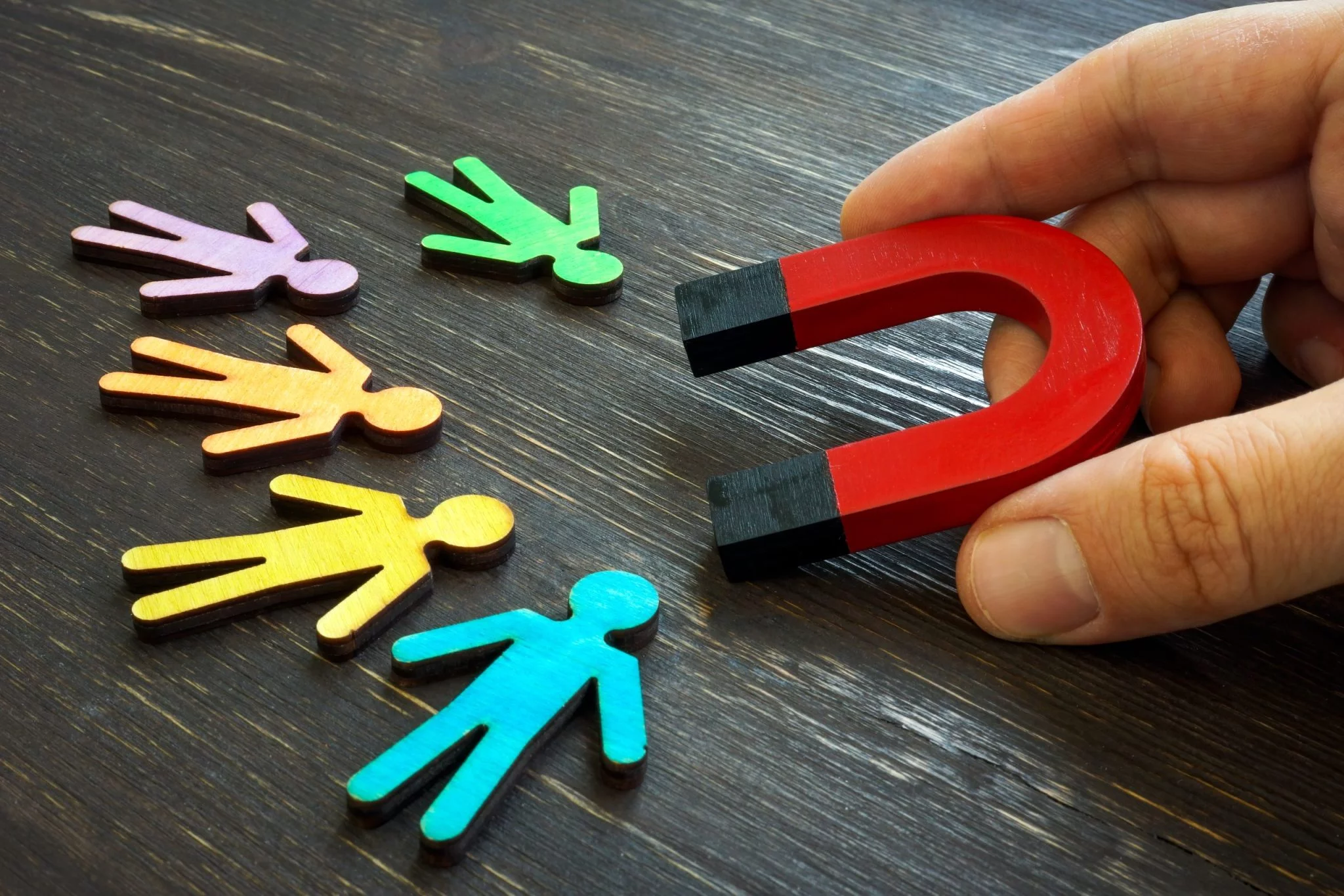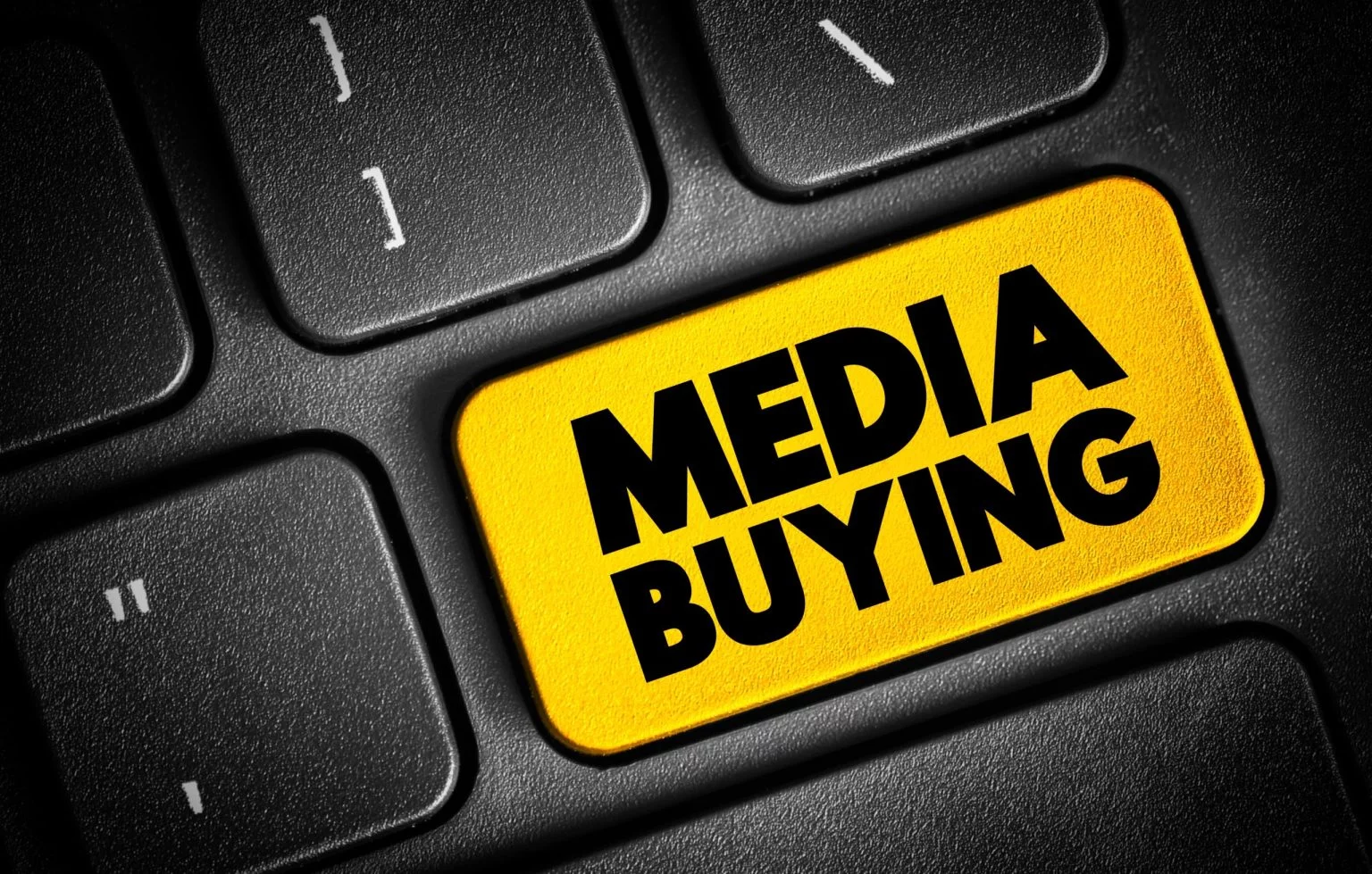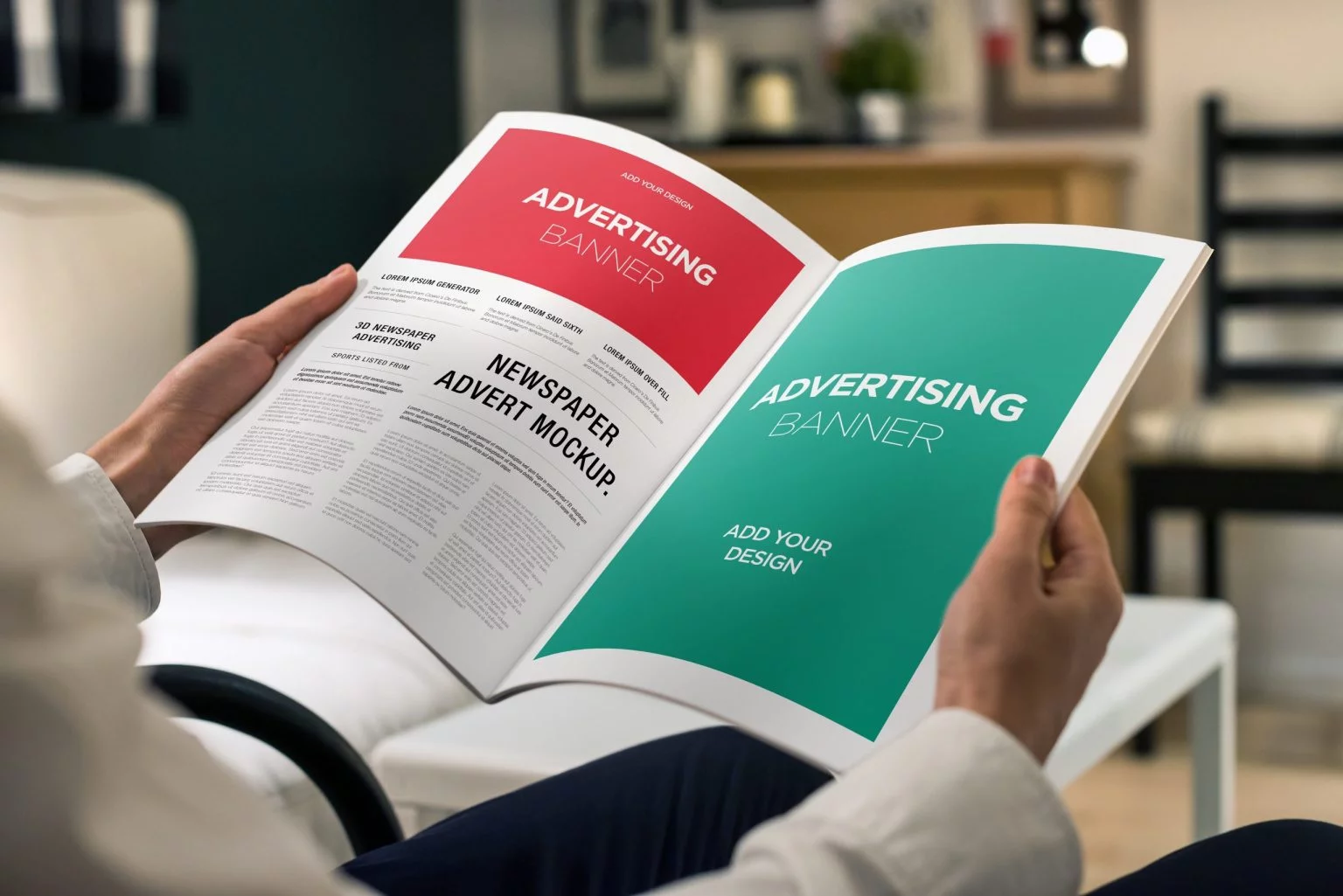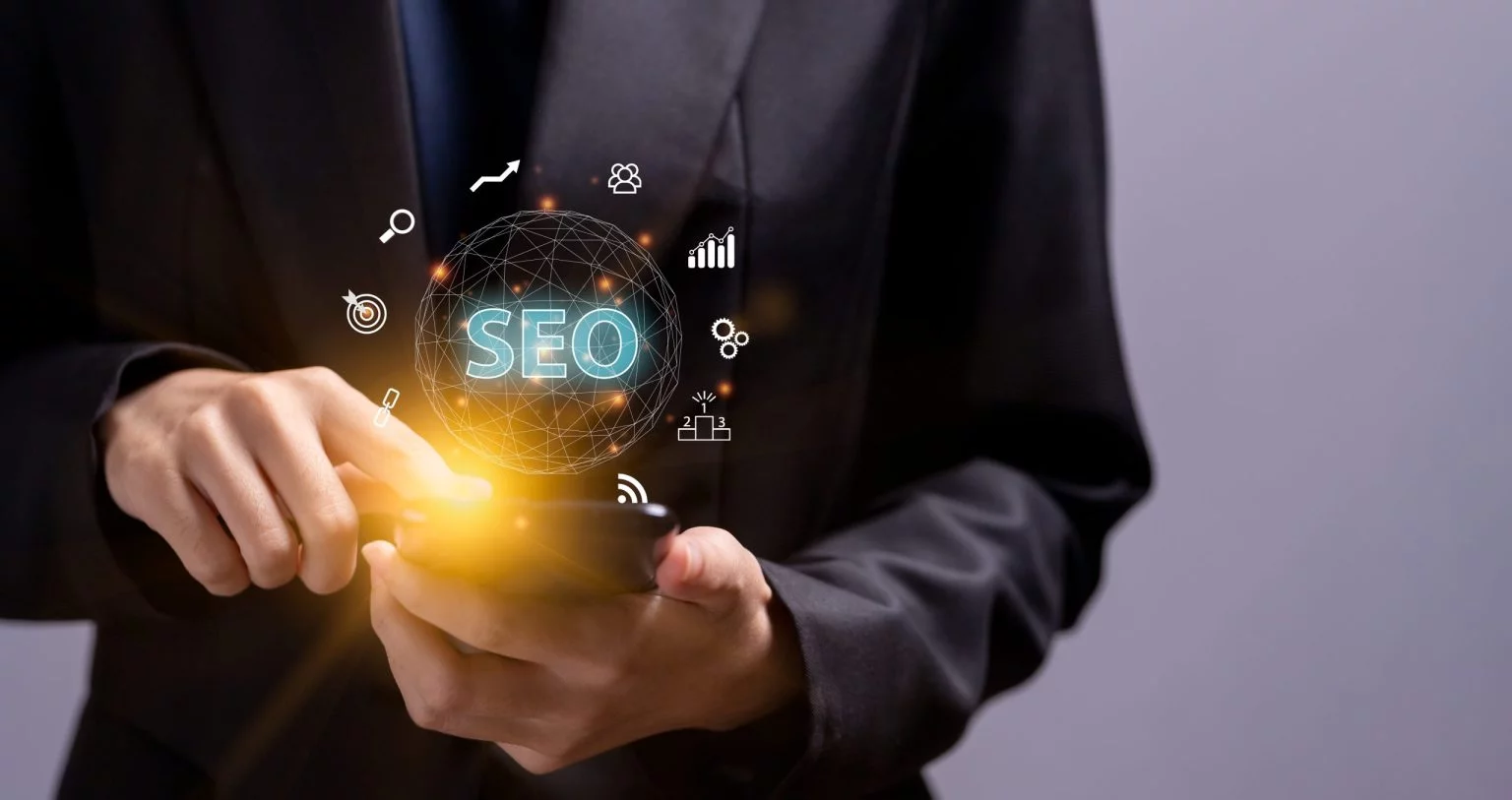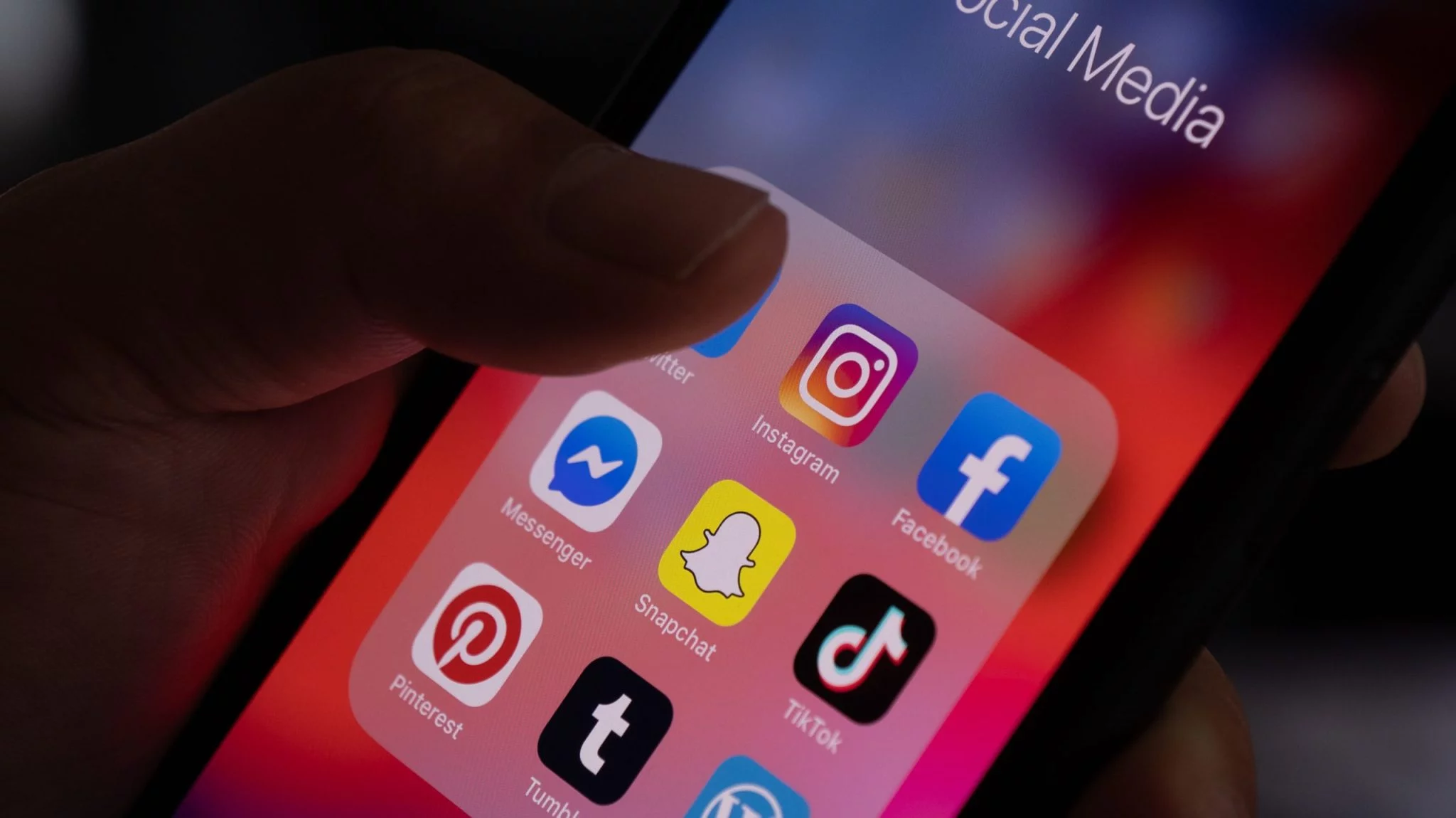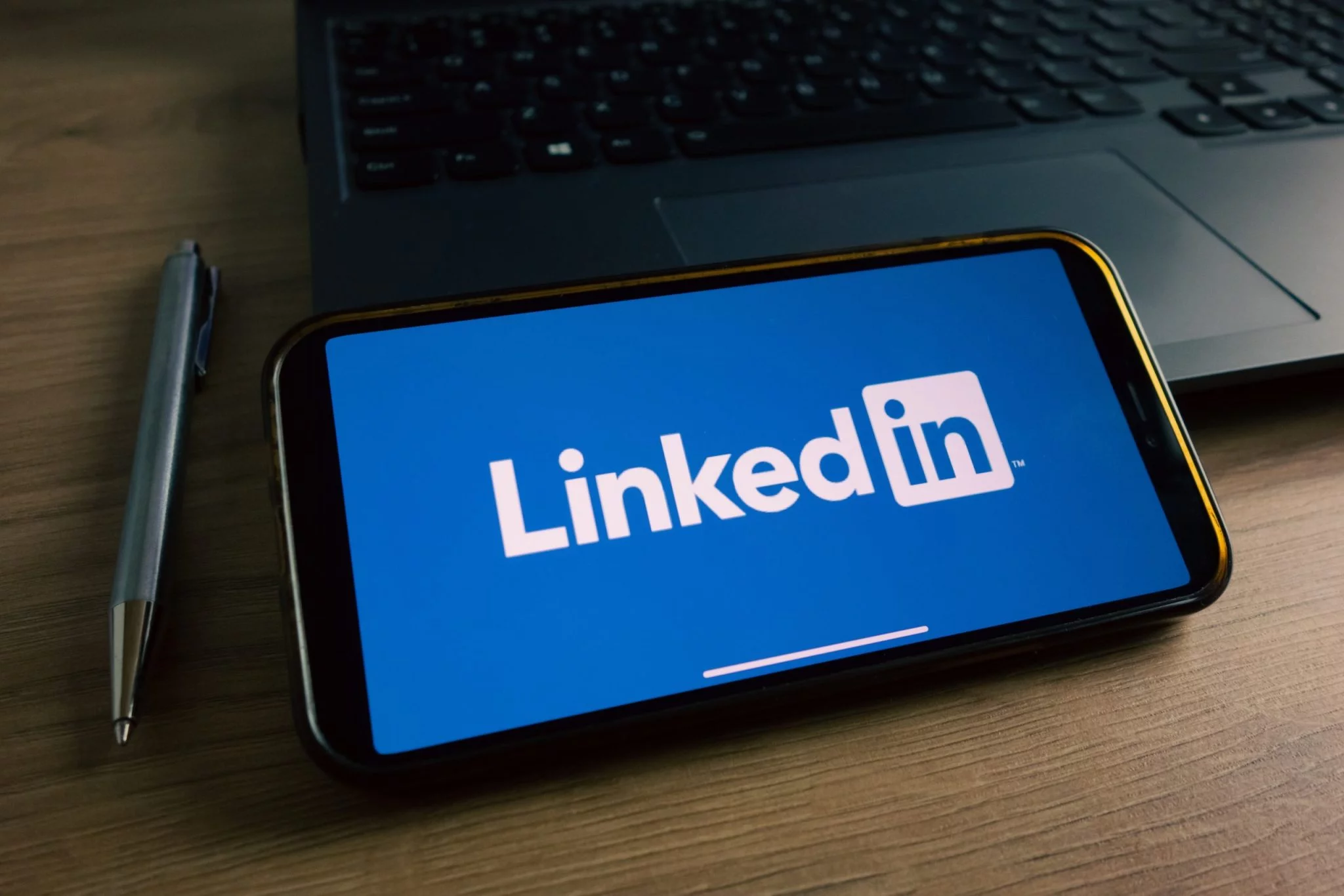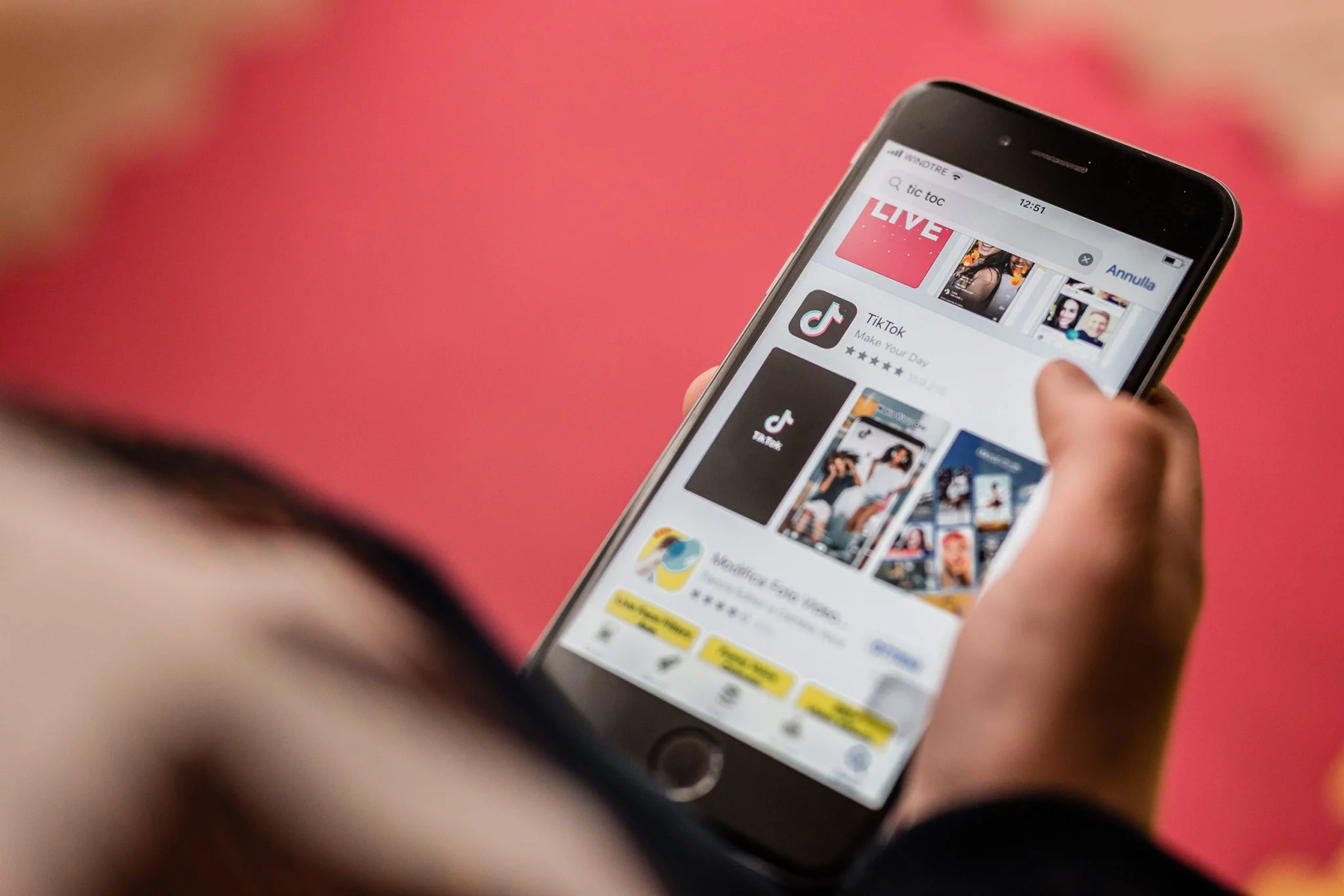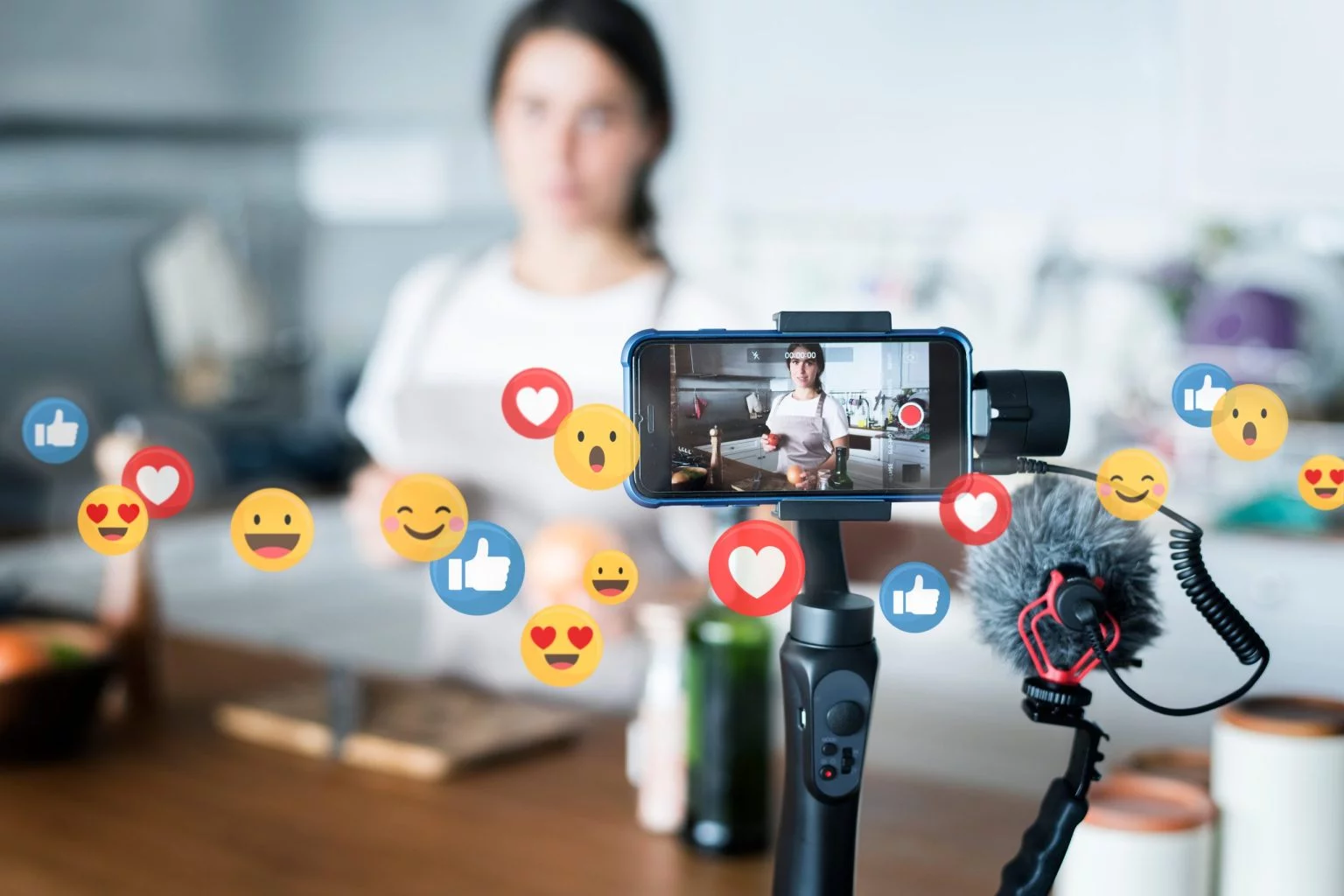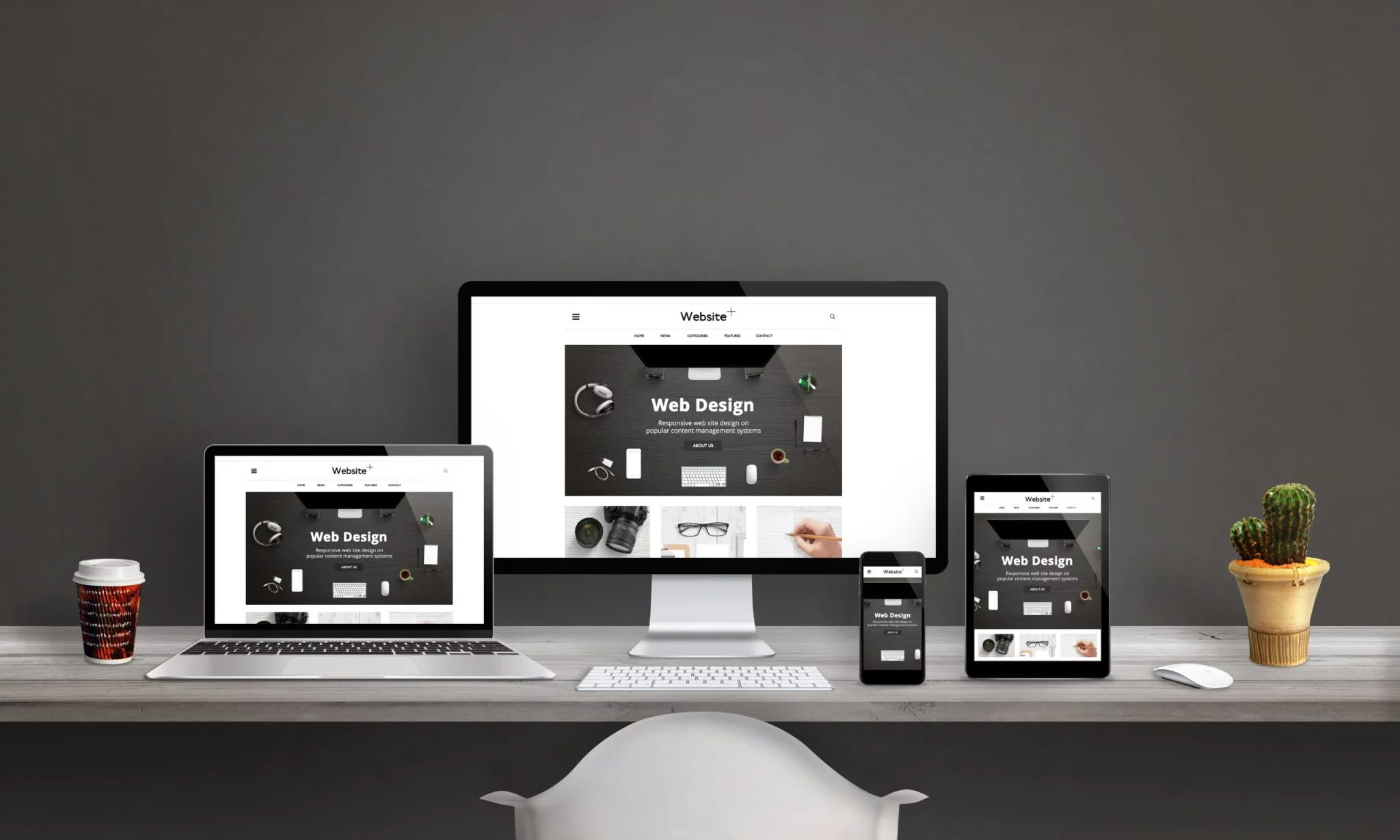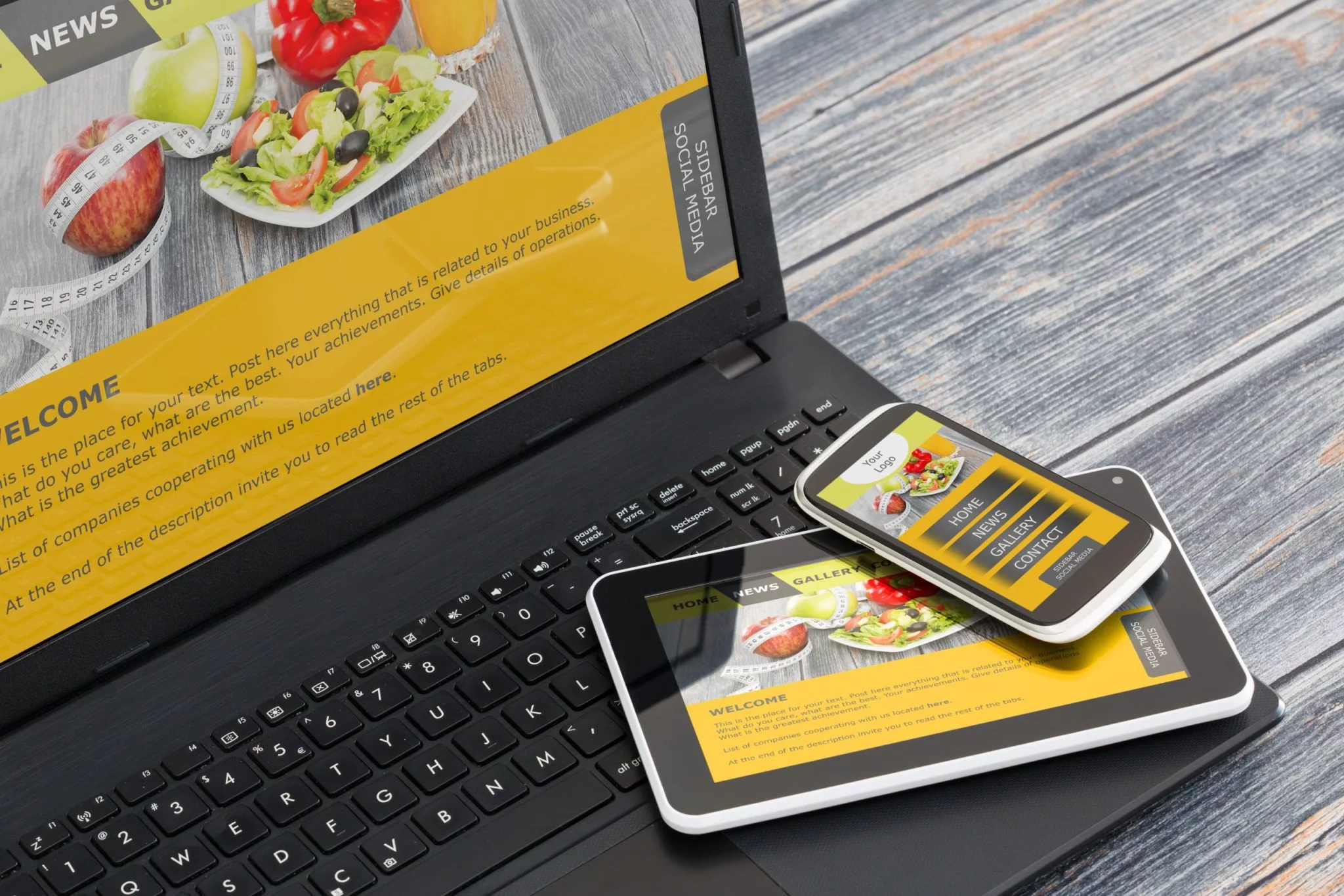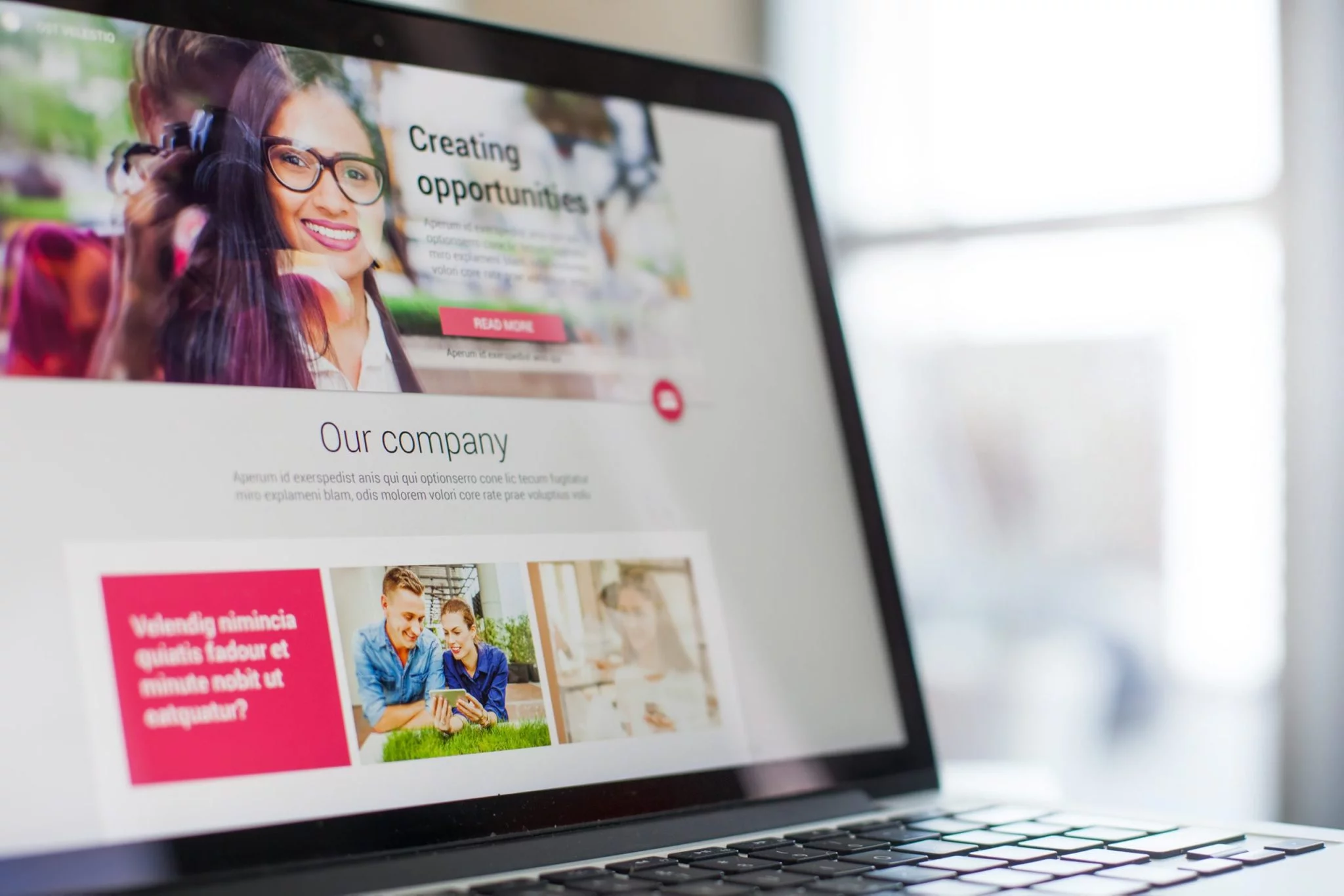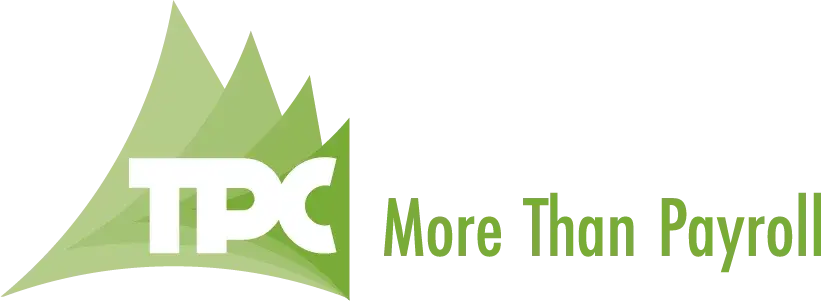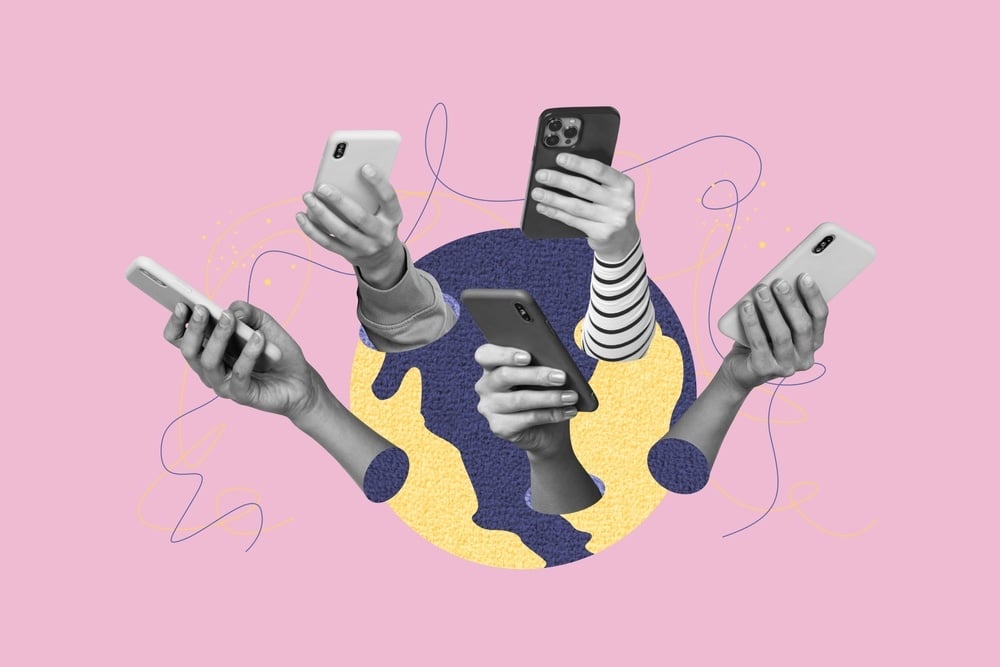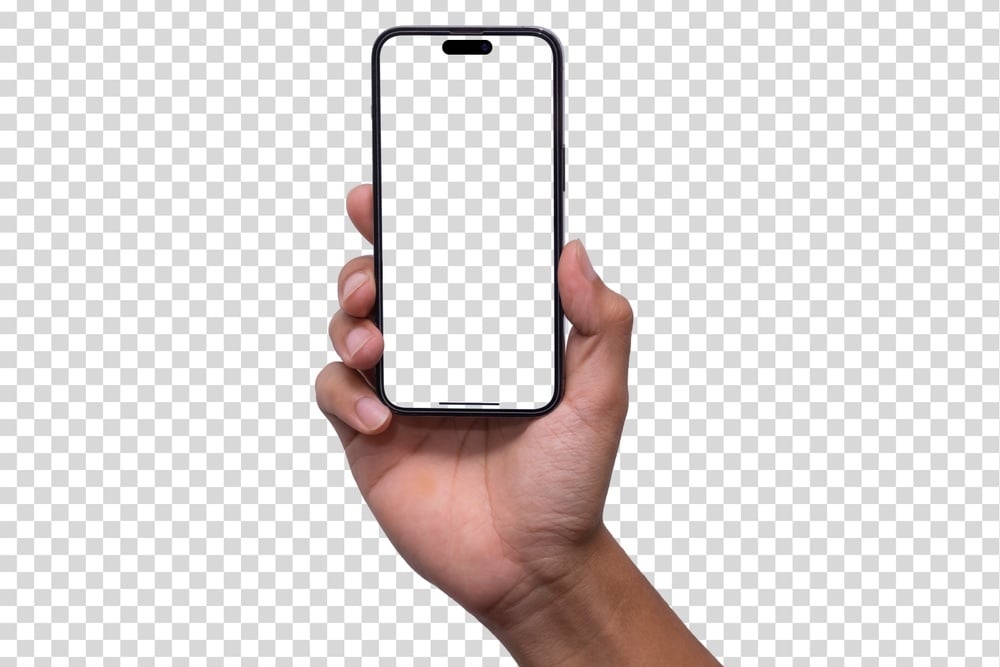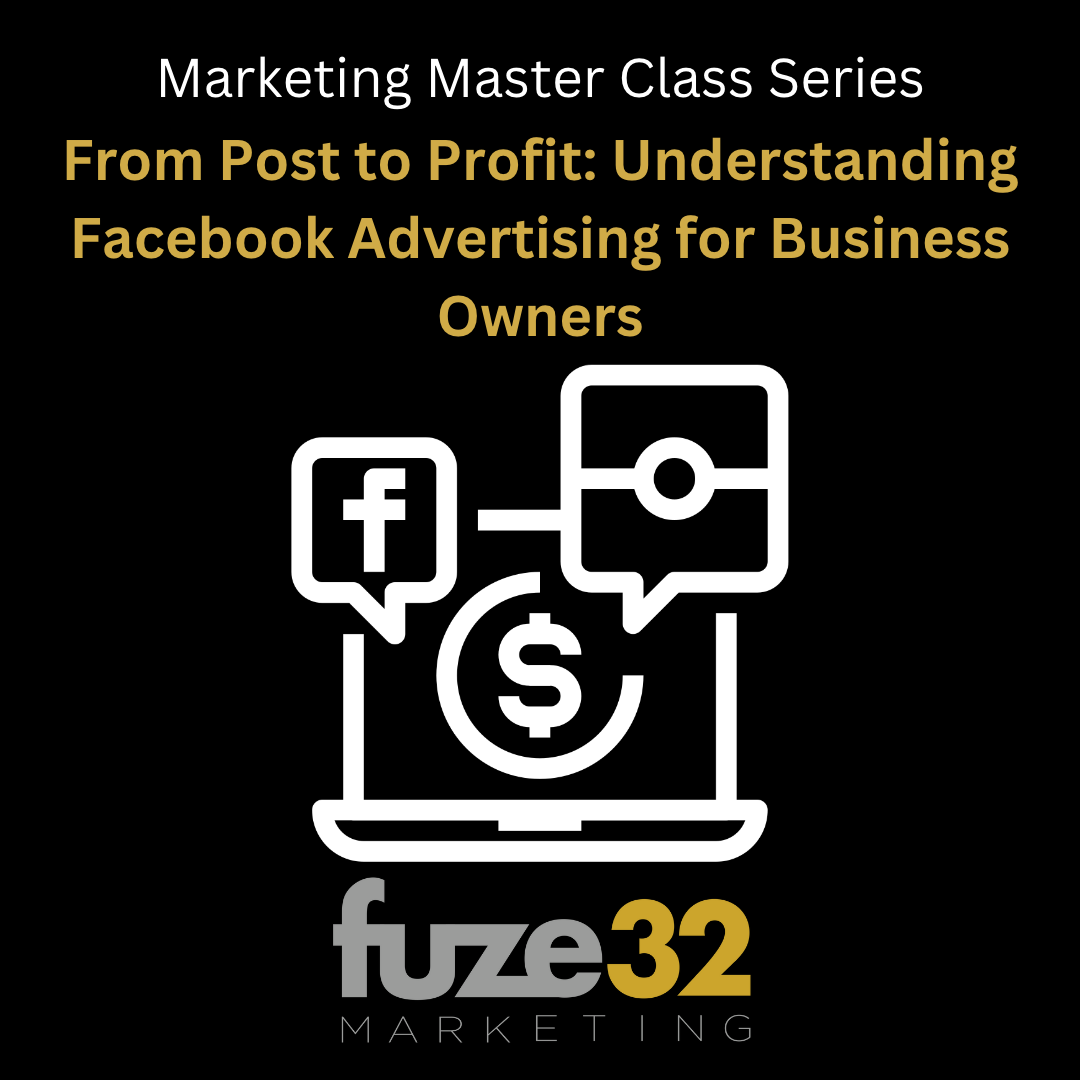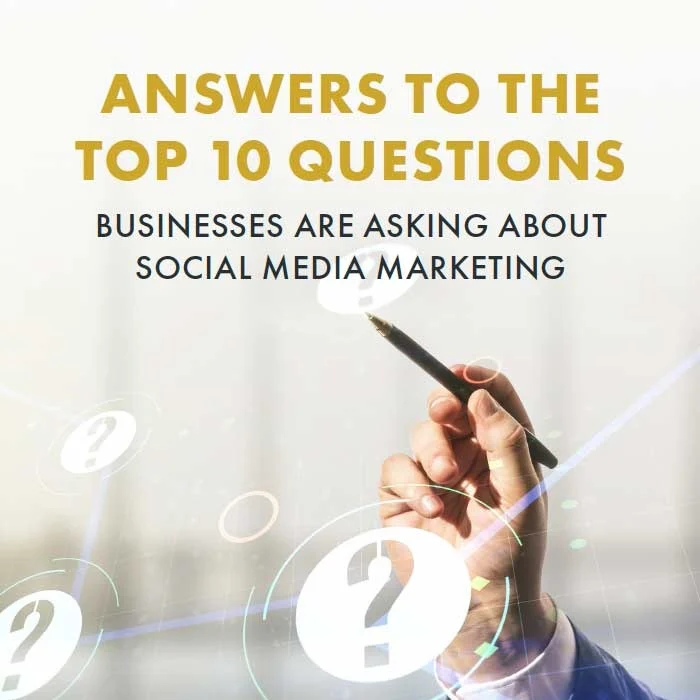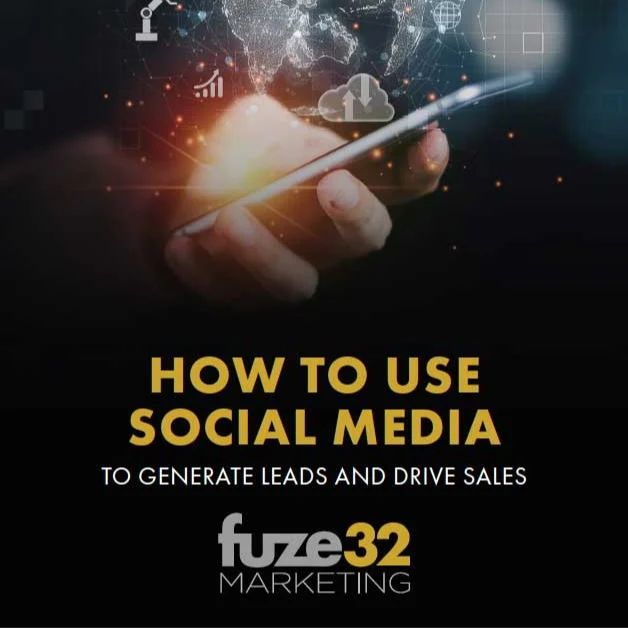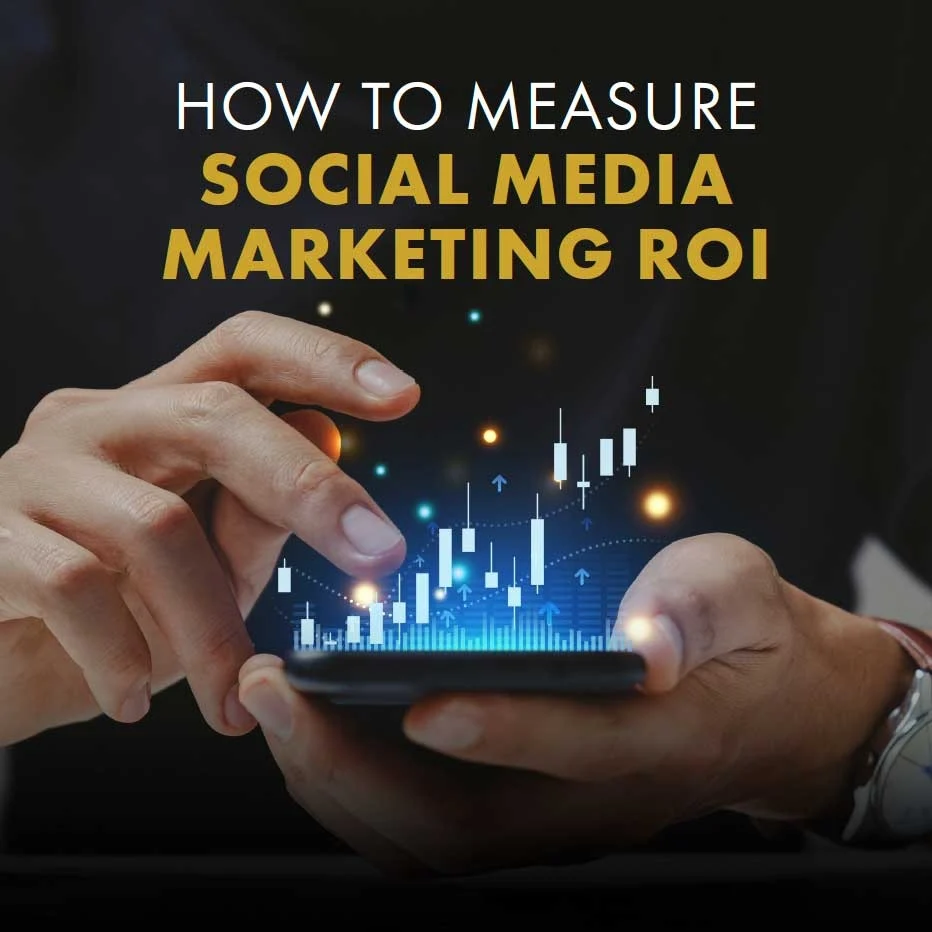Twitter is a popular social media platform, distinguishing itself by presenting information in small easily digestible bites (messages are limited to 280 characters) on everything from traffic reports to parenting tips. From hashtags to retweets to pinned tweets and Twitter groups there are a lot of options for businesses to interact with consumers. In fact, when done correctly, businesses can use the platform to create social media campaigns that will boost lead generation, sales, customer service, and more. Whether you're a business that has been on Twitter for some time now, or are new to the Twittersphere, here is a guide to everything you need to know. Users like the fast pace and brief updates for keeping up with the latest trends, news, and information. Links provide more information with a click, and hashtags gather like-minded groups together. For businesses, Twitter is a unique advertising platform that connects you to your customers - with a 53 percent rate that shows people on Twitter are more likely to be the first to buy new products.
Setting Up Your Account
There are a few steps that will come up when creating your account. You will need a username, profile image, header image, and bio describing your business. All of these things should represent your branding cohesively.
Your profile and header image should coincide using your logo and branding so people can easily identify your business. Your profile image will be shown in every tweet you post so make sure to choose a high resolution clear image! Make sure your Twitter page is consistent with your other social media platforms as well. Consistency is important in building brand awareness, as most social media enthusiasts use multiple platforms.
The Twitter handle (your username) is your ‘@’ name and should help people find your business when searching for it. It is recommended that you stick to the name of your business for your handle name, that way there will be no confusion if customers want to look up your account.
Lastly, your Twitter bio should be short and sweet. Highlight what your business is about such as your industry, location, business hours, and make sure to include a link to your website.
Twitter Terminology Breakdown
There are many different terms used on Twitter that can be confusing if you are unsure of what they mean. To crack the code, we have broken the more common terms down:
- Follow: When you follow someone you will be able to see every post they put out.
- Retweet: This shows up on your profile when you want to share someone else’s post to your followers.
- Direct Message or DM: When a person wants to message you this will show up in your message inbox privately.
- Hashtag (#): When you click on a hashtag it will show you other tweets with the word or phrase that was used in the hashtag.
- @: This symbol is used to tag or mention other users.
- Like: When you click the heart symbol underneath a tweet that means you are liking it. You can also see your likes in a section under your profile.
- Pinned Tweet: this tweet is the first tweet people see pinned when they visit your profile.
Content Creation
Twitter has many great tools to utilize when it comes to content creation and engagement. Encourage your followers to engage in conversations with you by asking insightful questions. Twitter has a poll feature that can prompt your own questions and your followers can pick their answers. This is a unique way to get engagement and start conversations, then you can retweet some of your followers who participated.
It is a fact that people are three times more likely to engage with posts that include visual content. Try getting creative and adding a gif, meme, image, or video along with your text. This will help to capture the attention of your audience while they are scrolling through their feed. It also allows for deeper engagement.
You should be thinking of your Twitter as another platform to cross share content. If you have any blogs, white papers, case studies, and press releases on your site already you may want to share those on social. This way, you are reusing content and can be repurposed for your Twitter audience.
Advertising
Twitter offers different plans and ways to advertise your content. Whatever goal you have for Twitter, there is a plan offered:
- Promoted Tweets: When promoting a tweet, it increases your visibility and engagement to reach more people than just your follower base. These ads show up as regular tweets and are labeled "promoted" across the bottom.
- Promoted Videos: If you have a video already created you want to get more views on Twitter, try setting up a promoted video campaign. This will boost the visibility of the video.
- Promoted Accounts: These are set up to help an account grow in terms of followers. This will show your account in multiple locations on Twitter, including the Who to Follow section.
Partner with an agency that will assist in content creation and analytics for your Twitter needs. Don’t overlook Twitter as it is a powerful tool and creative outlet to show your customers who you really are as a brand.
For more best practices on social media, check out How to Make Social Media Work for Your Business and How Businesses Are Successfully Using Facebook.


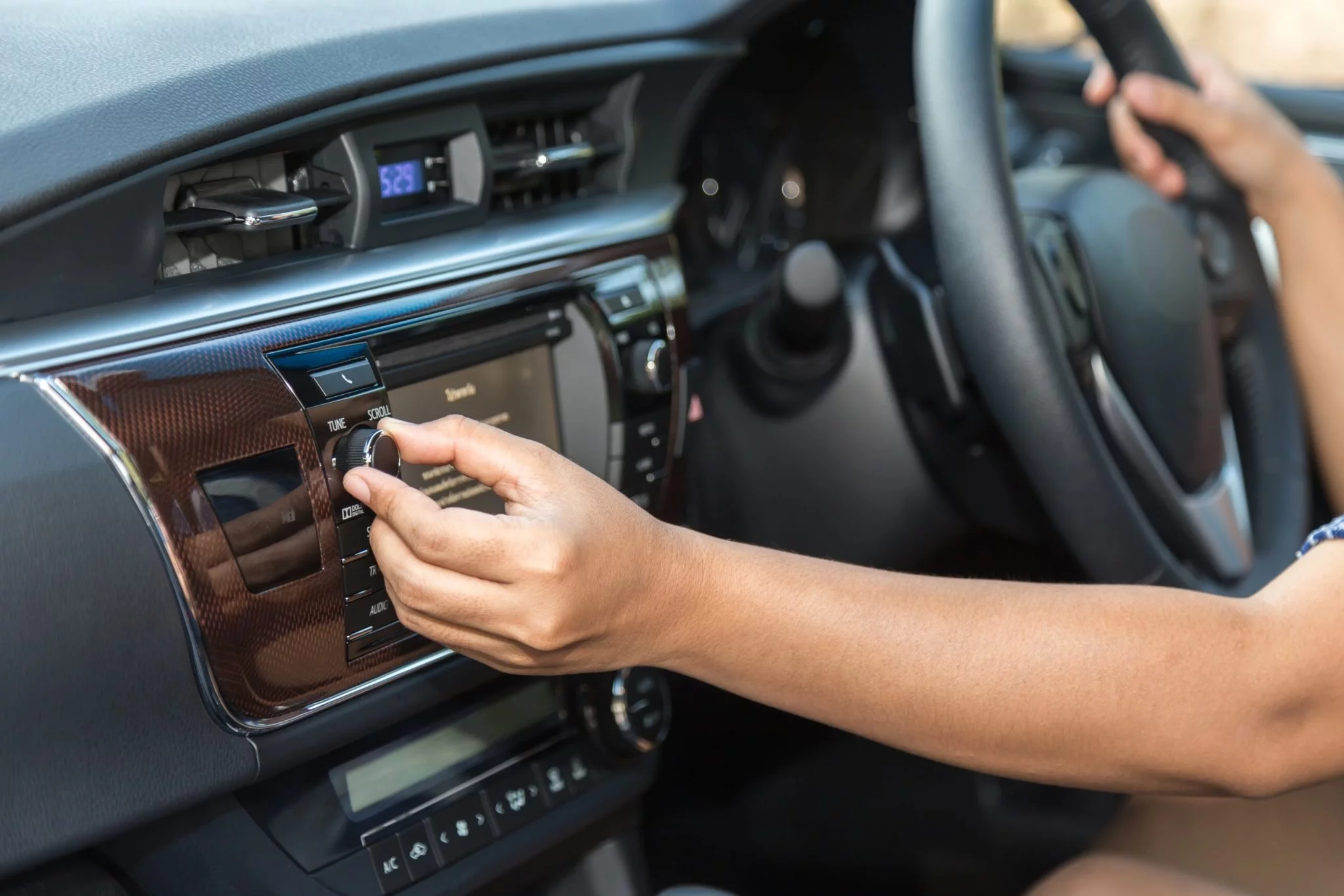
.webp)


